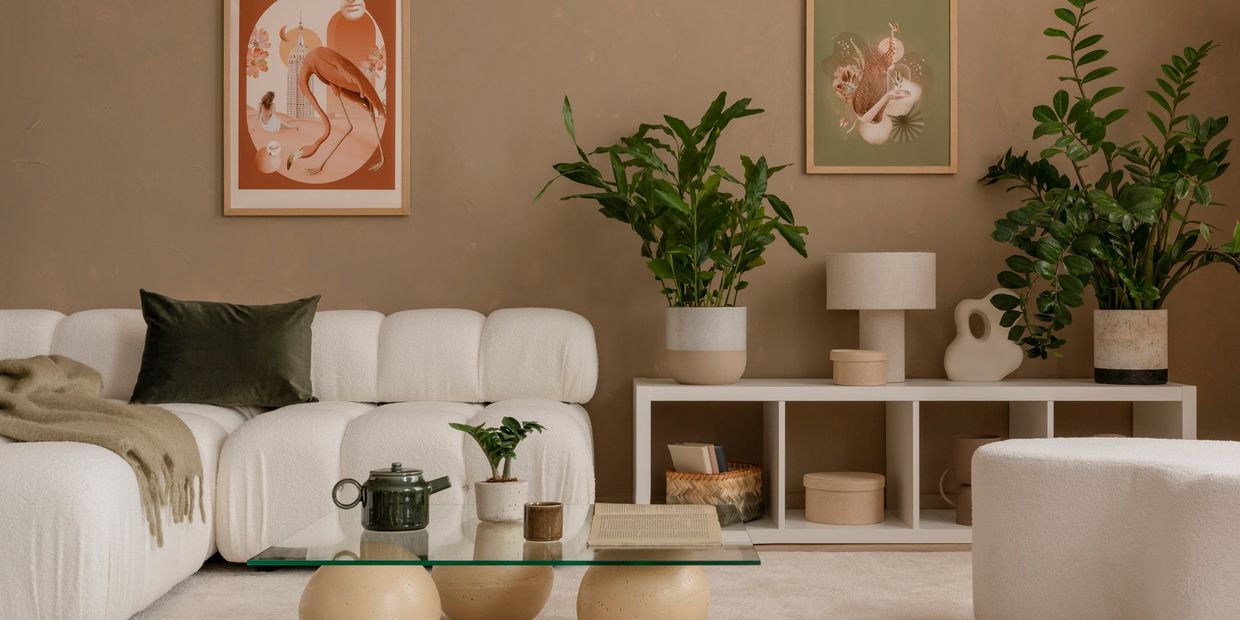
The Role of the Built Environment in Supporting Survivors
The spaces where survivors live, seek support, or access services have a profound impact on their recovery. A thoughtfully designed environment can reduce stress, enhance feelings of safety, and foster a sense of dignity and control — all of which are essential for healing from trauma.
Elements such as lighting, acoustics, furniture layout, and material choices are not just aesthetic; they shape how someone experiences a space. Clear divisions between private and communal areas, secure entry points, calming colours, and tactile materials all contribute to comfort and emotional stability.
For domestic violence organisations, understanding and prioritising trauma-informed design means creating environments where survivors can focus on rebuilding their lives, rather than managing anxiety, hypervigilance, or fear. Every design decision — from the placement of a window to the texture of a countertop — can either support recovery or inadvertently trigger stress. By intentionally shaping these spaces, organisations empower survivors, enhance user comfort, and reinforce safety in tangible, everyday ways.
Work with us
Want to work with us? Contact us today to schedule a consultation and let us help you.
1. Safety as the Foundation
Survivors’ sense of physical safety is essential. Secure entry points, discreet locks, well-lit pathways, and controlled access areas all contribute to an environment where survivors can feel protected. But safety isn’t just physical — emotional safety is equally important. Clear boundaries between private and communal areas, quiet zones, and predictable layouts allow survivors to feel in control of their surroundings, reducing anxiety and hypervigilance.
2. Comfort and Emotional Wellbeing
The design of a space affects how survivors feel in subtle but powerful ways. Warm, muted colour palettes, natural light, soft textures, and acoustic treatments can help reduce stress and create a calming atmosphere. Furniture that is flexible, soft-edged, and appropriately scaled allows survivors to move freely and choose how they interact with the space. These design choices support emotional regulation and foster a sense of dignity and normalcy.
3. Empowerment Through Choice
Trauma-informed design prioritises agency. When survivors can make decisions about their environment — from arranging personal belongings to choosing seating or lighting — they regain a sense of control often diminished by abuse. Modular layouts, adaptable furnishings, and spaces that encourage autonomy reinforce empowerment and self-efficacy, essential components of recovery.
4. Inclusivity and Accessibility
Domestic violence affects a wide range of individuals with different needs. Spaces should accommodate neurodivergent survivors, parents with children, and individuals with disabilities. Thoughtful design ensures accessibility, child-friendly zones, sensory regulation options, and inclusive features that allow everyone to feel welcome, safe, and respected.
5. Supporting Connection and Community
Healing is often strengthened through social support. Communal areas designed for shared activities, therapy, or peer interaction help survivors connect with others safely. Clear spatial divisions and visual cues ensure that communal spaces feel inviting without compromising personal privacy.
6. The Ripple Effect of Thoughtful Design
Every decision in a built environment — from flooring choices to lighting, materials, and layout — sends a message. Trauma-informed spaces communicate respect, care, and consideration. By investing in these design principles, organisations not only enhance safety and comfort but also actively contribute to survivors’ resilience, confidence, and long-term recovery.
